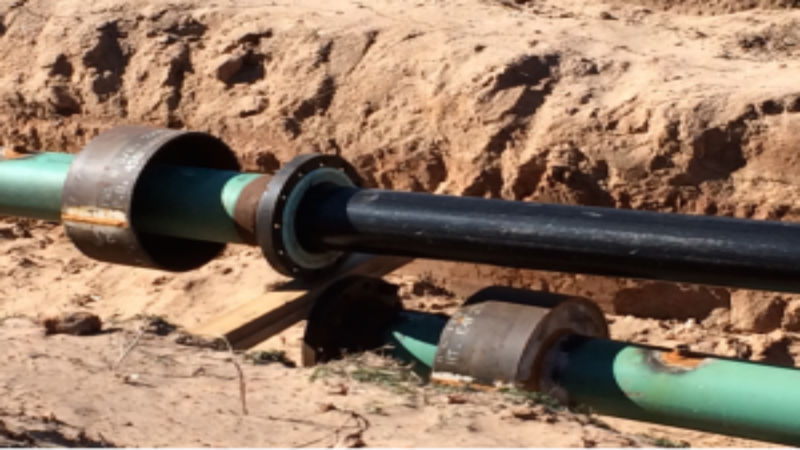In the US today, many older pipes are experiencing major problems. When sewer or water lines rupture or begin to leak underground, it can cost municipalities millions of dollars for repairs. However, thanks to modern technology, many of these pipes can be repaired without the need for excavation and replacement. It all has to do with methods called HDPE pipe lining. Let’s take a closer look at this stuff to see why it is becoming so popular.
What Does HDPE Mean?
HDPE stands for high density polyethylene and this is a very strong and sturdy thermoplastic. It’s been around since the time of the Great Depression but didn’t see a great deal of use until the 50s. HDPE is a special thermoplastic, but what exactly is thermoplastic?
Thermoplastic Defined
When a polymer resin is heated it turns into a liquid and once cooled it becomes a solid plastic. Polymers are substances with long chained molecules and this makes them flexible (like rubber). Resin is a semi solid and sticky substance, so a polymer resin has some characteristics of long chained molecules and small chained molecules. This gives it special physical properties after heating.
High Density Polyethylene Properties
Here are some of the amazing properties this material possesses, which makes it perfect for HDPE pipe lining and many other uses.
* Incredible strength to weight ratio
* Lightweight
* Stronger and more heat resistant than standard polypropylene
* Flexible enough to form into shapes
* Can be recycled
Uses for HDPE
High density polyethylene has a wide variety of uses today. For example:
* Plastic bottle caps
* Fuel tanks
* Food storage containers
* Milk jugs
* Plastic grocery bags
* Geothermal systems
* Swimming pools
* Coax insulation
* Plumbing pipes
HDPE Pipe Lining
High density polyethylene makes excellent material for lining pipes and the process is not difficult to understand. Suppose you have buried pipes which need protection or are having problems with leaks. This process utilizes special equipment which enters the pipe and then pulls the lining in after it. However, before the lining enters the pipe it is compressed in a machine which decreases the diameter size.
After the lining is pulled entirely through the pipe it then begins to return to its original diameter size. The lining swells and encompasses the entire inner area of the pipe, sealing tightly against the wall. This method is perfect for corrosion prevention or repairs and can save an enormous amount of time, labor and expense over full pipeline replacement.

